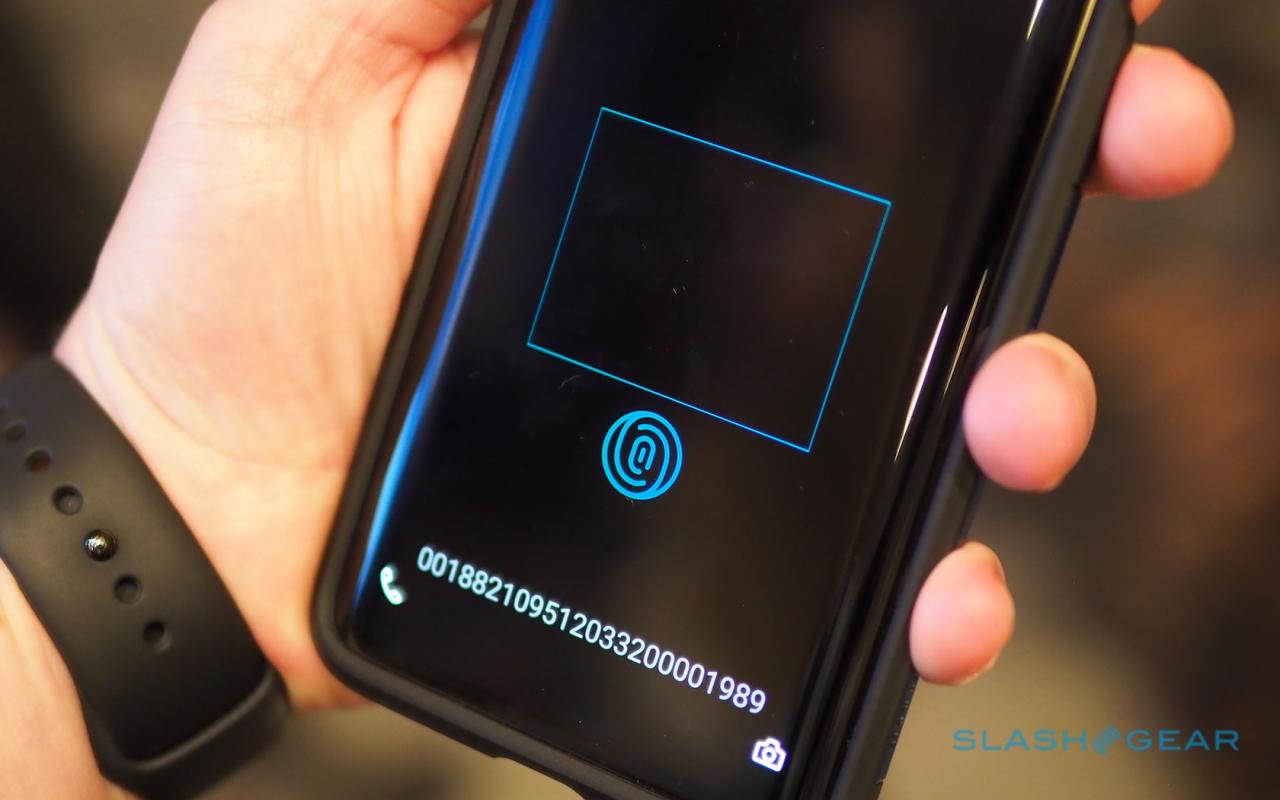

The researchers say the system is more efficient than traditional fingerprinting and significantly reduces the number of incorrect matches. By projecting patterns of light onto a finger and analyzing the image, researchers from the University of Kentucky are able to create a more accurate print than those made with ink or sensor plates.

June 20, 2016).A new non-contact, 3-D fingerprinting system could make spotting the bad guys faster and easier, whether it’s at the border or the police precinct. Stipulation of Class Action Settlement, Sekura v. FBI, Next Generation Identification (NGI) Monthly Fact Sheet (Sept. Consider obtaining opt-in consent before sharing fingerprints or fingerprint geometry with any third parties.ġ. Consider obtaining opt-in consent before capturing or using fingerprints. Consider providing clear notice to consumers or employees before capturing their fingerprints. Review your retention and disposal practices to see if they specify how long such information should be kept, and how it should be disposed. If your organization keeps a data inventory or a data map, you should include fingerprints and/or fingerprint geometry in that inventory.Īssess the risk that fingerprints and/or fingerprint geometry may be compromised and consider what steps can be reasonably taken to attempt to keep the information secure. 4Ĭonsider the following when using fingerprint identification technology: Largest class action settlement / judgment against a company for allegedly collecting fingerprints without providing proper notice and obtaining appropriate consent. The range of possible fines and damages that could be assessed under state law for each violation of a fingerprint identification statute. Probability of a false match claimed by one mobile device in conjunction with fingerprint recognition software. Number of fingerprints processed by one government agency in a year. A number of additional states require that if a company collects fingerprints it take steps to prevent the fingerprint from being acquired when in the process of being destroyed. In addition, if an organization stores or “possesses” a fingerprint then it must limit its disclosure to third parties, enact measures to secure the fingerprint from unauthorized access, and limit its retention of the fingerprint after it is no longer needed. Those statutes generally require that if an organization “captures” a fingerprint it must provide the consumer with notice and obtain their consent. At least two states have also enacted statutes that govern the private sector’s use of the technology outside of specific fields and applications. Numerous states have enacted statutes concerning the collection of fingerprints by government agencies, by accreditation boards, or in certain regulated industries (e.g., childcare and education). Nonetheless, the FTC, which has authority to prevent unfair and deceptive practices, may proceed against companies that misrepresent the function of the technology, or how they use, secure, or disclose captured fingerprints or fingerprint geometry. There is currently no federal statute that expressly regulates private-sector use of fingerprint recognition software. Some employers are also using fingerprint recognition technology to increase the accuracy and efficiency of employee timekeeping systems. For example, some mobile devices have integrated fingerprint recognition technology to replace, or supplement, passwords or passcodes.
#Fingerprint capture technology software#
The technology has been used by law enforcement agencies for decades, and dozens of statutes regulate when government agencies may collect fingerprints, how they are permitted to use them, and with whom they can be shared.Īdvances in fingerprint recognition software have lead some private entities to begin using the technology to authenticate consumers. Fingerprint identification technology uses fingerprints to uniquely identify individuals.


 0 kommentar(er)
0 kommentar(er)
